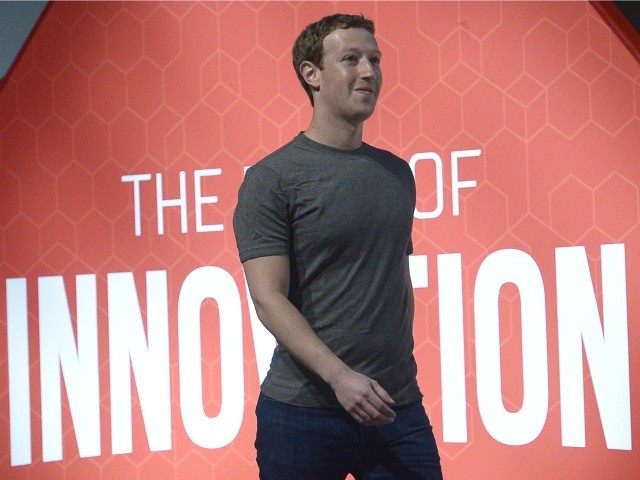
Source: AltSchool
Mark Zuckerberg joined other tech celebrities in a massive $100M funding round for a new education startup, AltSchool, which aims to disrupt America’s approach to elementary and middle-school education.
In many ways, the Google executive-founded network of private schools seems similar to other modern approaches to early education. At AltSchools, students are given the latest tablets and personalized learning software, teachers are highly-qualified, the curriculum focuses on solving real world science problems, students elect courses that arouse their curiosity, and classes are mixed by ability level rather than age.
But, the heart of AltSchool’s approach is to bet big on a growing body of research that suggestions that school size (not class size) is one of the most important determinants of student success.
An econometric analysis of Chicago’s Small School Initiative found that while small schools do not improve test scores, they did substantially improve graduation rates. Especially for disadvantaged students, persistence is the biggest threat; small schools allow educators to motivate and adapt to the problems of the most difficult populations.
AltSchools are small schools on steroids: they house between 50–100 students and have a staff-to-student ratio of 1:8. By comparison, the average school in America is +400 and the teacher/student ratio is double (~15). Indeed, AltSchools calls themselves “micro-schools.”
“Once you have 400 or 500 people doing anything, bureaucracy kicks in,” says former Google engineering executive and AltSchool founder, Max Ventilla.
With small schools, AltSchools can rapidly prototype curricular ideas and spread its findings throughout its entire network. In one instance, AltSchool learned that Spanish could not be taught well to a large slice of any one school at the same time of day. Different student abilities and levels of interest were getting in the way of managing the class.
So they figured out a way to match interested students’ schedules across many different schools and began Uber-ing them to a central location with a Spanish teacher. “We literally transport students with a teacher with Uber at the end of the day,” gushes Ventilla.
All of this has a price tag, of course. AltSchools are much (much) more expensive than their public counterparts: over $20K in tuition per student this year compared to San Francisco’s ~$10,000 per student expenditure, according to the San Francisco Chronicle.
Eventually, Ventilla believes that rapid improvements in technology and pedagogy will allow them to reduce costs by increasing the student-teacher ratio, allowing less-wealthy schools to also afford their approach. As technology makes teachers’ jobs more efficient, they can spend less time on mundane administrative tasks and more time educating.
But at its core, AltSchool’s small school architecture is the key that allows rapid improvement to thrive. It’s a big bet, but the theory seems promising.

COMMENTS
Please let us know if you're having issues with commenting.